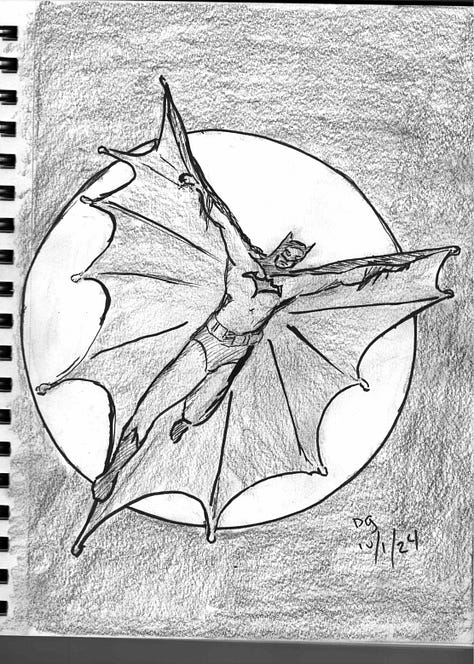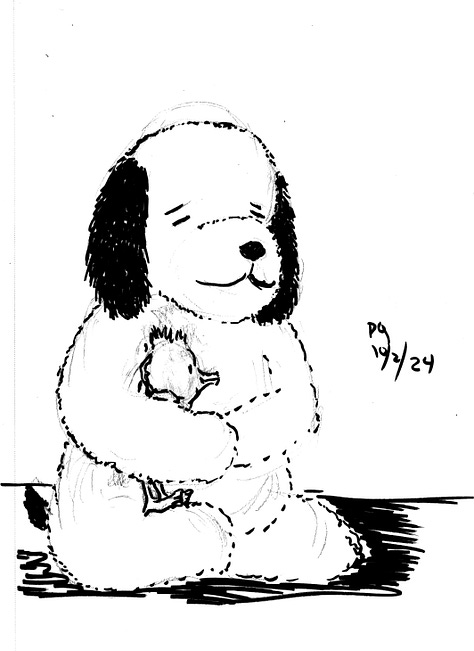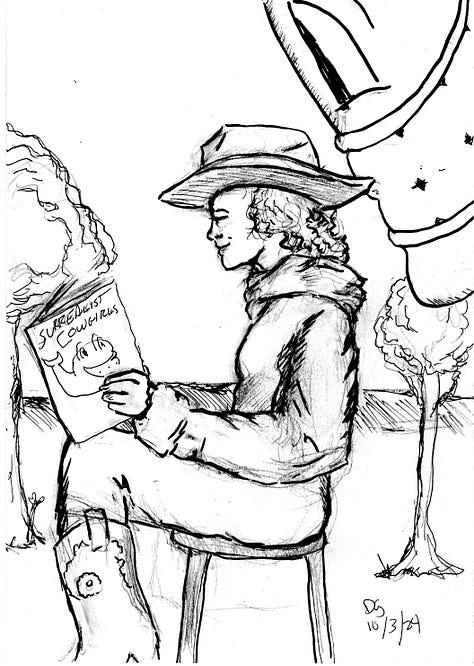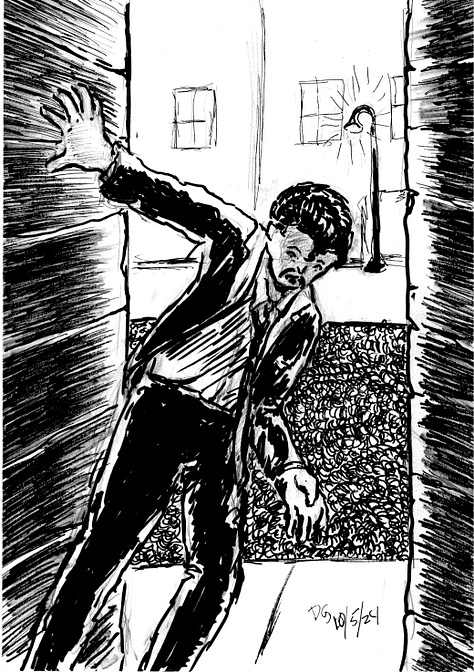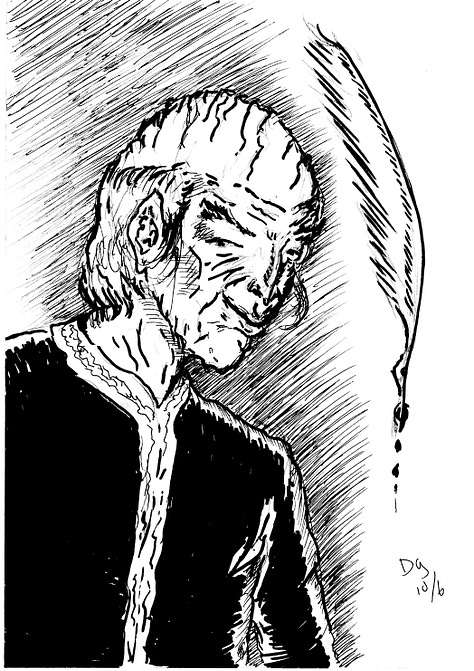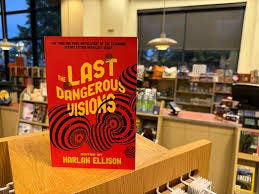Crossposting this from my Substack.
We’re in the throes of Inktober!
3 of the last 4 years, I’ve made it through the entire month. Two of those years have been compiled in the book Spatters. I have 7 copies left, and it will be available at Queer and Trans Zine Fest next weekend.
Here are this year’s Inktober drawings so far.
Day One: Batman inspired by John Cassaday
Day Two: my stuffed Snoopy (that I got the day I met the man) in honor of Charles Schulz’s birthday.
Day Three: an unusual take on my favorite creations, the Surrealist Cowgirls.
Day Four: Pirate girl, inspired by my love of Gil Elvgren’s inviting poses.
Days Five and Six: Moments from the work in progress Captives of Imagination.
I do love Inktober. I never follow the prompts. To me, it’s an opportunity to stretch as an inker, and I don’t like having too many terms dictated to me. However, it does offer something very useful, almost invaluable: deadlines.
Deadlines get things done.
Lecture is given on Wednesdays. Next lecture is on Fridays. Midterm grades are due soon. Zine Fest happens on October 19 and 20. Inktober is every day of the month. If the book is to be done by the holidays, there are printing deadlines.
Deadlines will drive one crazy, but they are so valuable. As Palpatine said about anger and the Dark Side, it gives you focus. And if you have something that has to be done today and a long project with no deadline, you tend to give your time and energy to the former.
But they can be traps too. If one has too many deadlines, everything collapses. I’ve gone through that a couple times. For me, the razor’s edge is having just a LITTLE more to do than I can handle.
However, it’s not just about methodically doing the work and dutifully meeting the deadlines.
A couple days ago, I picked up a copy of Harlan Ellison’s Last Dangerous Visions, published poshtumously, with final edits completed by J. Micheal Straczynski.
I sat up and read JMS’s Introduction and Exegsis, in which he gives personal insights into his relationship to Harlan and into Harlan’s private life, in a respectful but honest way. He revealed Harlan’s mental challenges over his lifetime, and how those challenges inhibited the creation of this volume for five decades.
This shook me. I had the honor of meeting and speaking with Harlan twice, and while I’m sure he wouldn’t know me from Eve, I clung to the conceit of calling him a friend. Some of that also stems from the artifice of intimacy resulting from liking someone’s work. Much of Harlan’s writing was brutally honest, and left the reader feeling like an invitation into the writer’s mind and heart had been offered and accepted. Ellison often wrote of such presumed familiarity as inappropriate, to say the least. I got that, but I still felt it. As such, I was shocked to discover that he wasn’t who I thought he was - or perhaps who HE thought he was. Mental illness is like that, I suppose.
But by choice or design, he got in his own way in completing this work, a work he saw as so important. Too many deadlines, not enough Harlan to meet them. And he took himeslf to task for that, in rather severe terms.
Do we all do that? Mental health is clearly a factor, but I think it’s not the only factor involved. Even creators without mental health issues face what Marvel used to call the Dreaded Deadline Doom.
I hold great rerevence for creators who methodically produce smart, impassioned work. As I discussed previously, I often hold the work in such reverence that I’m afraid to get it done. Sometimes that’s a conceit or an excuse. The deadline comes and you meet it (well, most of the time. I’ve missed more than a few, but made most).
I suspect that my truth is like that of many other creators. The Work is never as good as I aspire to it being, but it’s often better than I think it is.
I’ve been drawing, writing and teaching for so long. I hope to get The Big Work done while I still can. I will never be another Harlan Ellison, but that’s okay.
We’ve already got one, and I am forever grateful for that.
Thank you, Harlan.
Next: the work continues on both Inktober and Sharp Invitations. One or the other coming you way soon...
